Canon R10 for wildlife photography
Canon R10 for wildlife photography
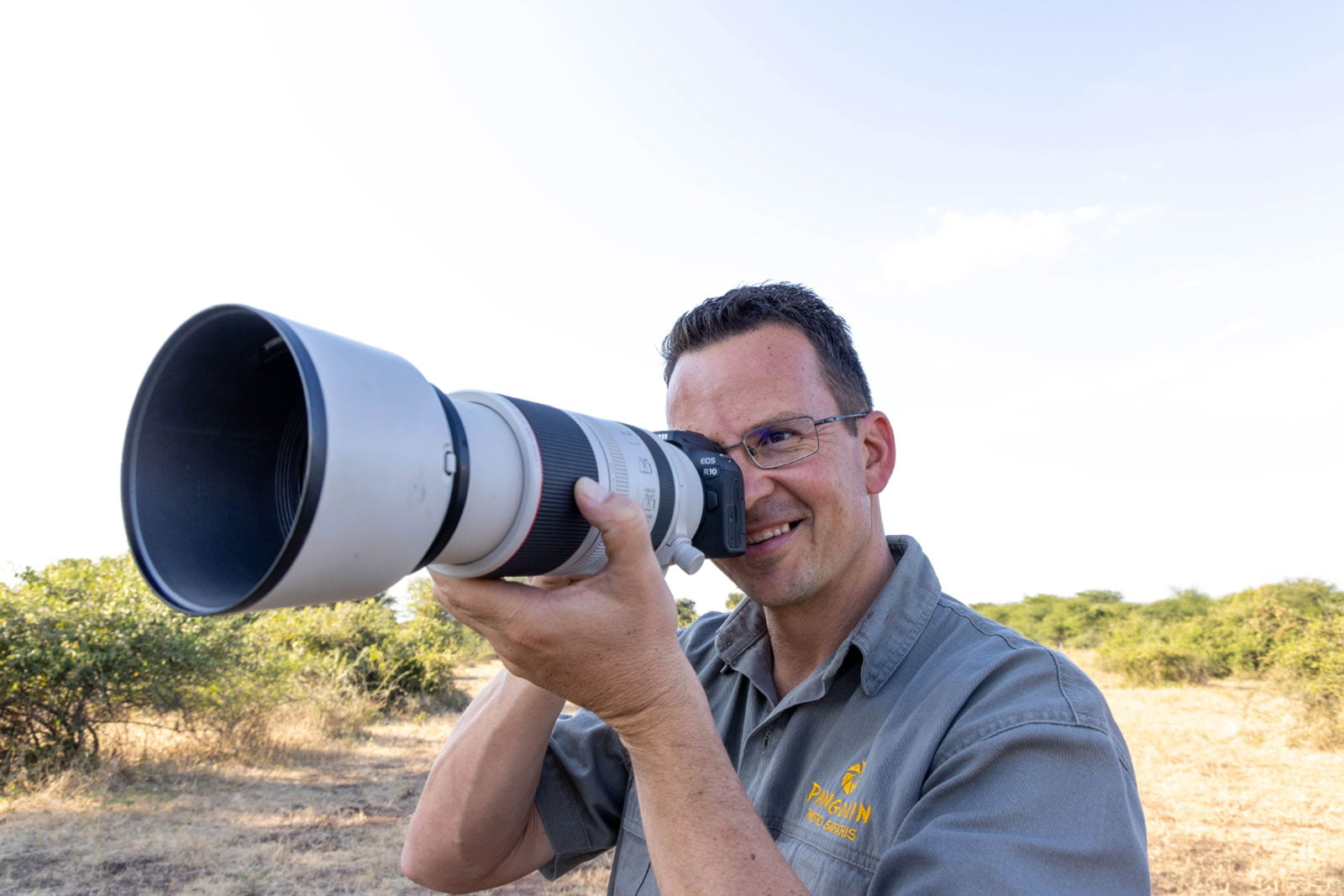
Quick links
A few months ago, Pangolin Photo Safaris host Charl Stols did the first field test of the Canons EOS R10 model in Africa in Botswana’s Chobe National Park. As we now know, this camera may seem a little small but it packs quite the punch and is an excellent mirrorless camera to get started in wildlife photography. Canon South Africa provided Pangolin Photos Safaris with a superb pre-production camera for wildlife photography despite its size. Packed with features found in the expensive R6 and R5 this camera is excellent value. Check out what’s in stock in the video and blog reviews below!
The EOS R10 is one of Canon’s new APS-C mirrorless cameras in the game and in our opinion is a little powerhouse with great features and a lot of possibilities. Some specifications include:
24 MP APS-C
12 FPS Mechanical (14-bit RAW)
High-speed shooting at 23 FPS Electronic (12-bit RAW)
Light weight of 430g
1 x UHS-II Card Slot
LP-E17 Battery
Max shutter speed 1/4000
Autofocus up to -4 EV
And on the video side of the EOS R10 camera, you can film 4k 60 crop, 4k 30 uncropped (with an oversample from 6k), and 120 Full HD for video clips. There is however no IBIS or C-Log (yet) but the good news is you have no 30-minute recording time limit.
If you’re coming from another bigger camera model for example the r3 or 1d, you may think this camera could be too small to access. On the contrary, for someone like Charl, the EOS R10 still fits perfectly in one hand. An amazing feature that the EOS R10 offers is the ability to customise almost every button to your needs which as a photographer is a reason alone to purchase this device. The screen’s adjustability and mobility are also extremely sleek which is a great accessory to its overall performance.
This articulation of the screen also gives you the ability to shoot really low-angle shots which is great for wildlife photography and that style of photos. Even if you are a beginner in photography or a Youtuber just starting out and want to start vlogging, the screen works amazingly for that.
Another impressive thing for us about this camera was the electronic viewfinder feature. The quality of the EOS R10 really exceeded our expectations with its high resolution. From our perspective, there is little to no difference between the R5 and R6 viewfinders. The body also has a built-in flash which is common in an entry-level camera.
When it comes to the set-up of this EOS R10 camera, we are very impressed.

One thing to consider is the battery life of the EOS R10. The Canon R10 uses a smaller capacity battery than other DSLR and mirrorless cameras. This means that the battery life is 430 shots with the LCD and 260 with the electric viewfinder. However, the R10 does offer in-camera charging access which means that when the battery pack LP-E17 is inserted, you can charge or supply power to the camera from an external source using a USB Power Adapter PD-E1. Meaning you can still photograph on the R10 and charge at the same time.
The auto focus on these cameras works really well, it has all the advantages and perks of the other mirrorless Canon cameras. It has animal subject tracking, people subject tracking, and vehicle subject tracking and the focus on fast-moving subjects is definitely a great feature of this EOS R10.
It is good to note that the maximum frame rate during auto focus, half-press of the shutter button, or continuous shooting is approximately 59.94 fps. We tested the camera body and its compatibility with RF lenses, the 24 – 105mm, and 70 -200mm and we found the 150 – 500 mm a winning combination for this camera. The 600mm f/11 also has great performance for shooting with this camera body. Overall, it has a fast focus and good image quality.
Canon launched two zoom lenses specifically for the EOS R10 and EOS R7 an RF-S 18 – 150mm lens and an RF – S 18 -45mm lens. So at this point, we’d recommend not getting rid of your older Canon DSLR ef s lenses! Find out what to do next.
While Canon only released two “native” RF-S lenses for this APS C camera but there are still plenty of options for lenses for you. To keep it short, the Canon Mount Adapter EF-EOS R is a great answer. This handy gadget may come with your camera for free but if not, it doesn’t cost a fortune and once attached it opens up all the options of Canon EF and EF lenses as compatible lenses. We do however hope to see more accessories for this model in the future.
Unfortunately, we weren’t able to open the raw files as the profiles were not ready at the time of testing but when we looked back on the JPEG files we were incredibly impressed by this EOS r series and its jpeg photo. The image quality, colour balance and detail were fantastic. The enhanced performance of the jpeg was quite something with its fine sharp detail in every photo.
In low-light shooting conditions, the R10 does not have the same low-light shooting capabilities as other cameras in the Canon EOS R series. So if shooting in low light is a must for you in terms of performance and quality mode then it’s best to purchase an EOS R7 or similar.


EOS R10, a little performance powerhouse when it comes to high-speed shooting, is also equipped with the RAW burst mode, which uses the electronic shutter to shoot cropped, 13.57-mp RAW format images at up to 30 fps, with each burst sequence recorded as 14-bit RAW file. Additionally, the mode also supports pre-shooting, which records images from up to 0.5 seconds before the shutter button is pressed – ultimately helping you get the shot. One of its many nifty features!


As Canon says, these EOS r series cameras are super connected cameras. You’re able to shoot content for media, edit on the move through the cloud raw image processing accessories or remotely control your camera – all through apps and wi-fi. Visit the image.canon page to connect all the new features to connect your computer, mobile devices, and third-party services with your camera and wi-fi. This service is not free but very helpful for wireless remote control. You can even use the app to print without your PC. The process seems easy enough and way ahead of the game when it comes to managing your media.
So, for who is this camera best suited? Well if you had the 77D or 850D or maybe even a rebel and you think it’s time now to upgrade your system to a mirrorless system then this camera is definitely something to focus on based on its performance and quality. Or if you’re a traveller and you want an easy, light and portable Canon camera that you can ship along with you on trips then you and this camera will be very compatible. As we mentioned earlier, if you’re just starting out with wildlife and want something with good performance and reviews, then start here before you upgrade in the future. Simply put this camera will produce fantastic quality images no matter what you choose to shoot.
Tell us what you think of these reviews below! We’d love for you to put your camera to the test on the Chobe River.
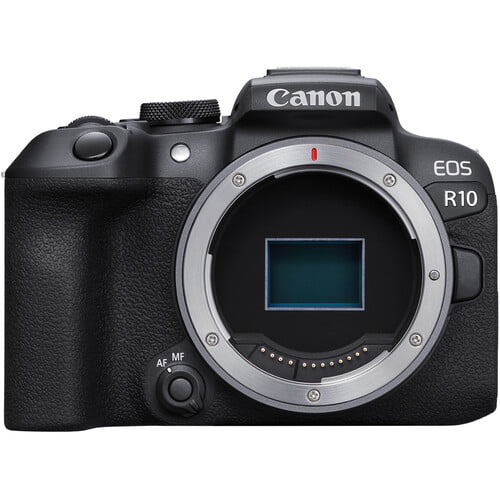
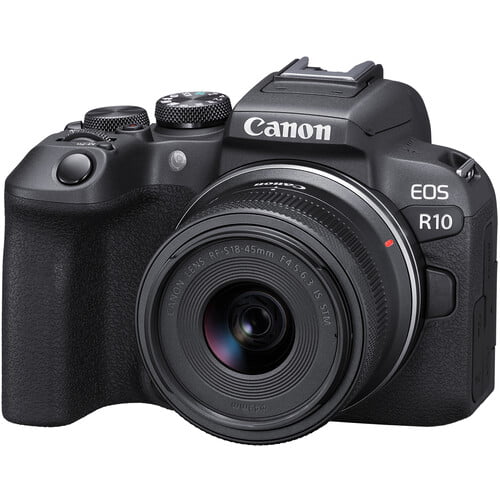
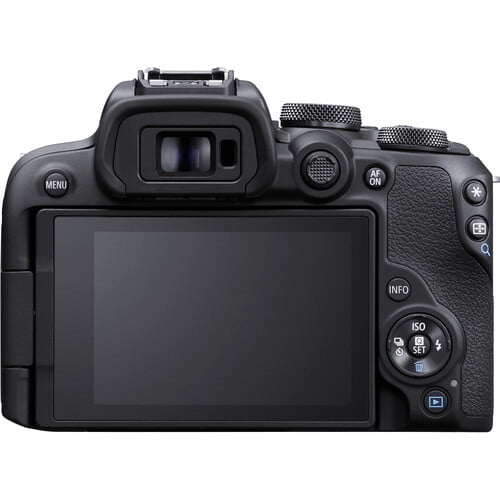
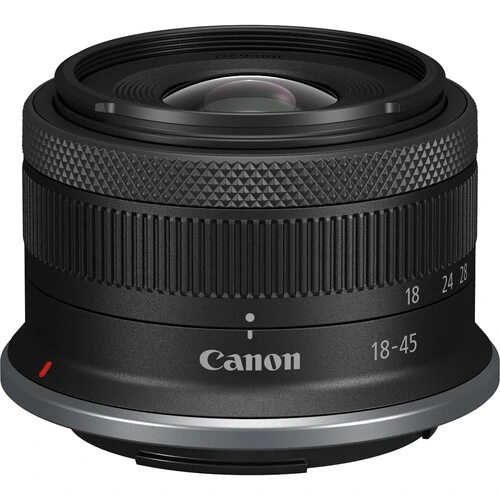
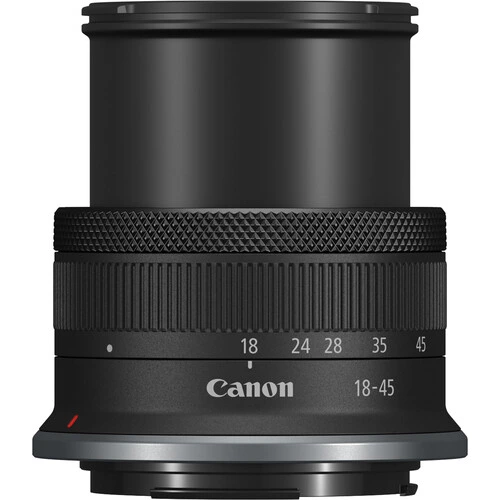
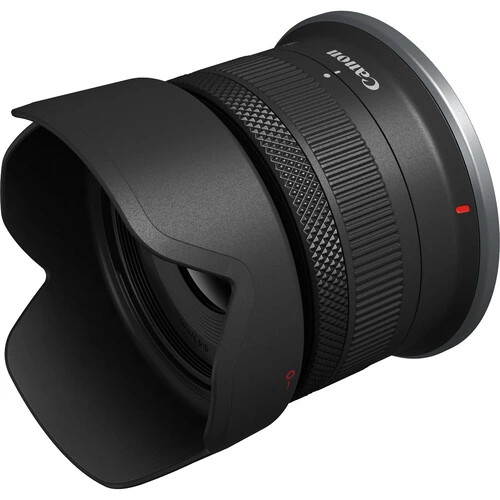
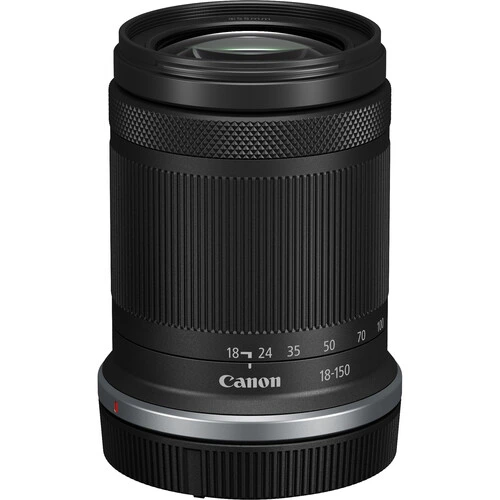
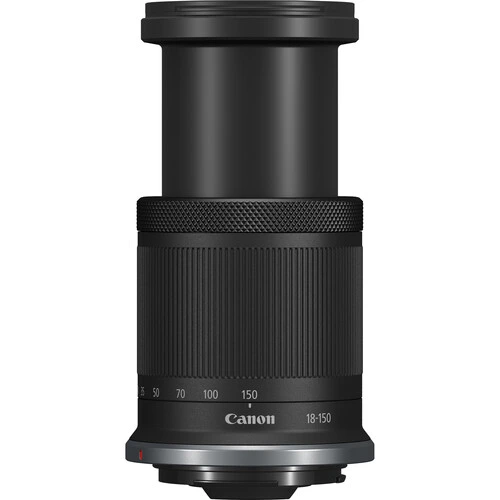
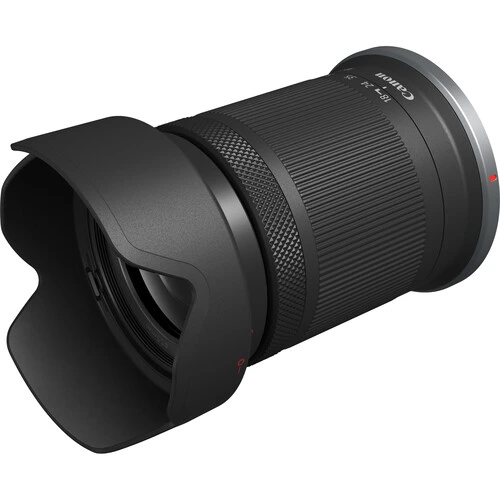
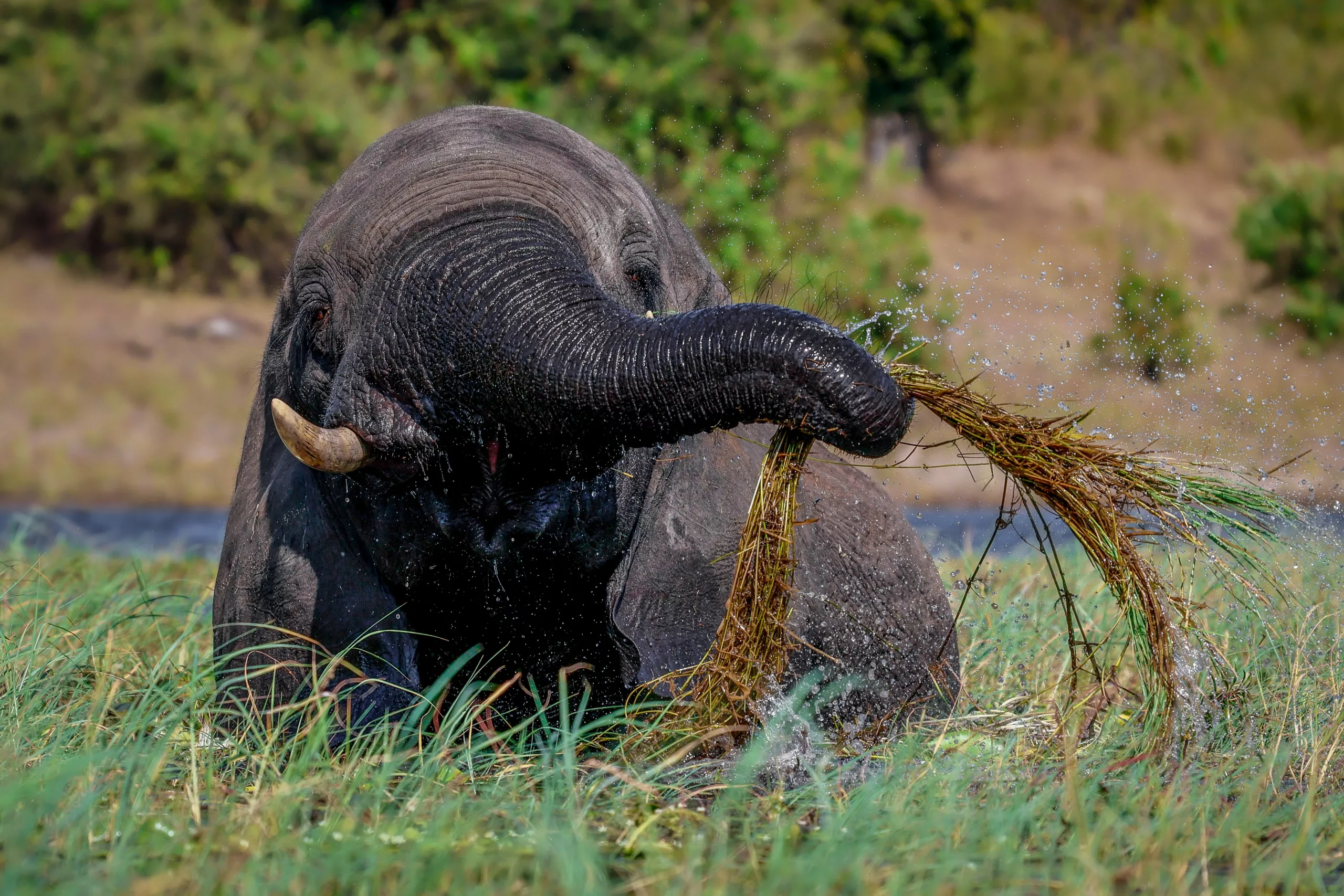
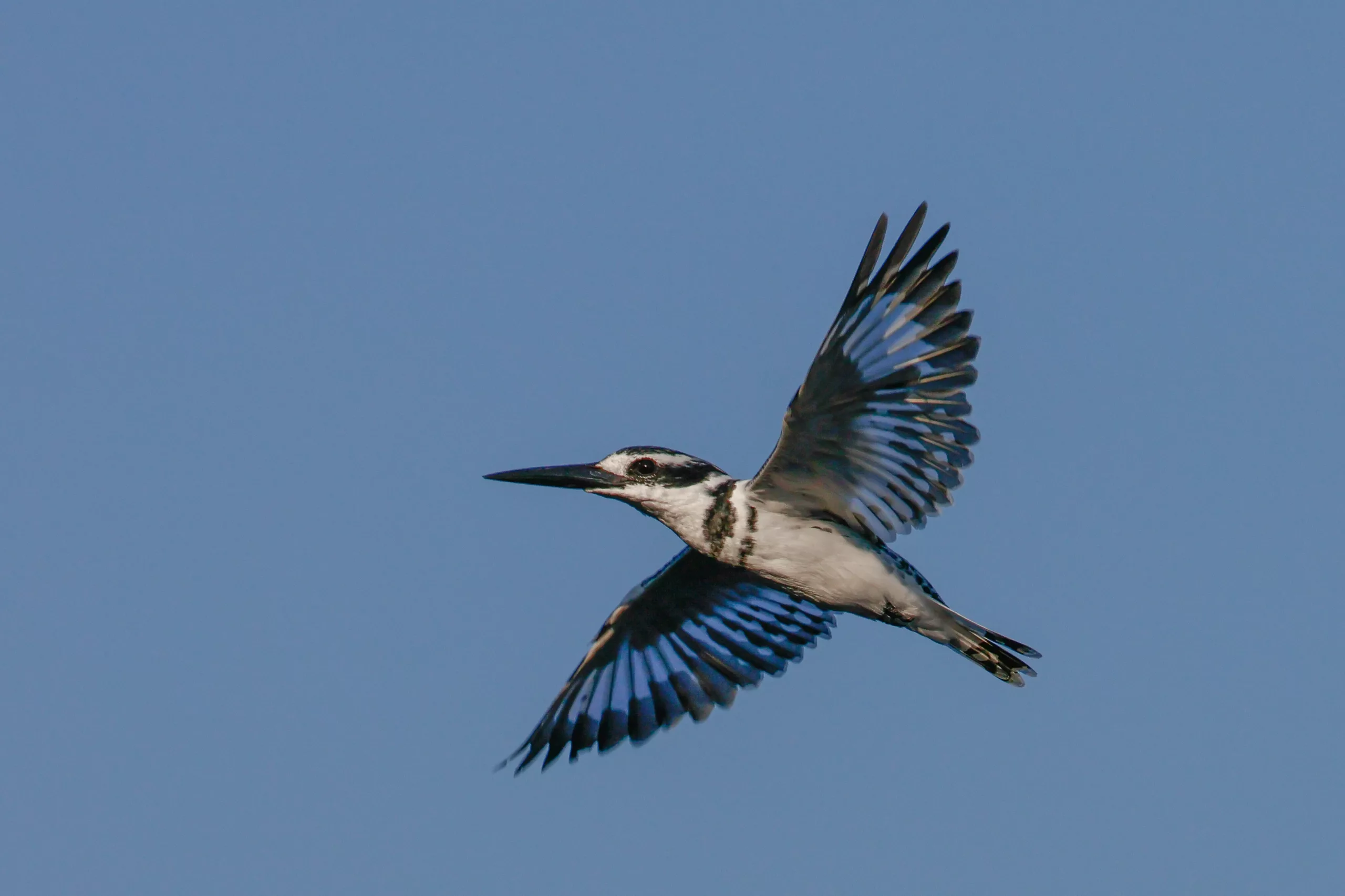
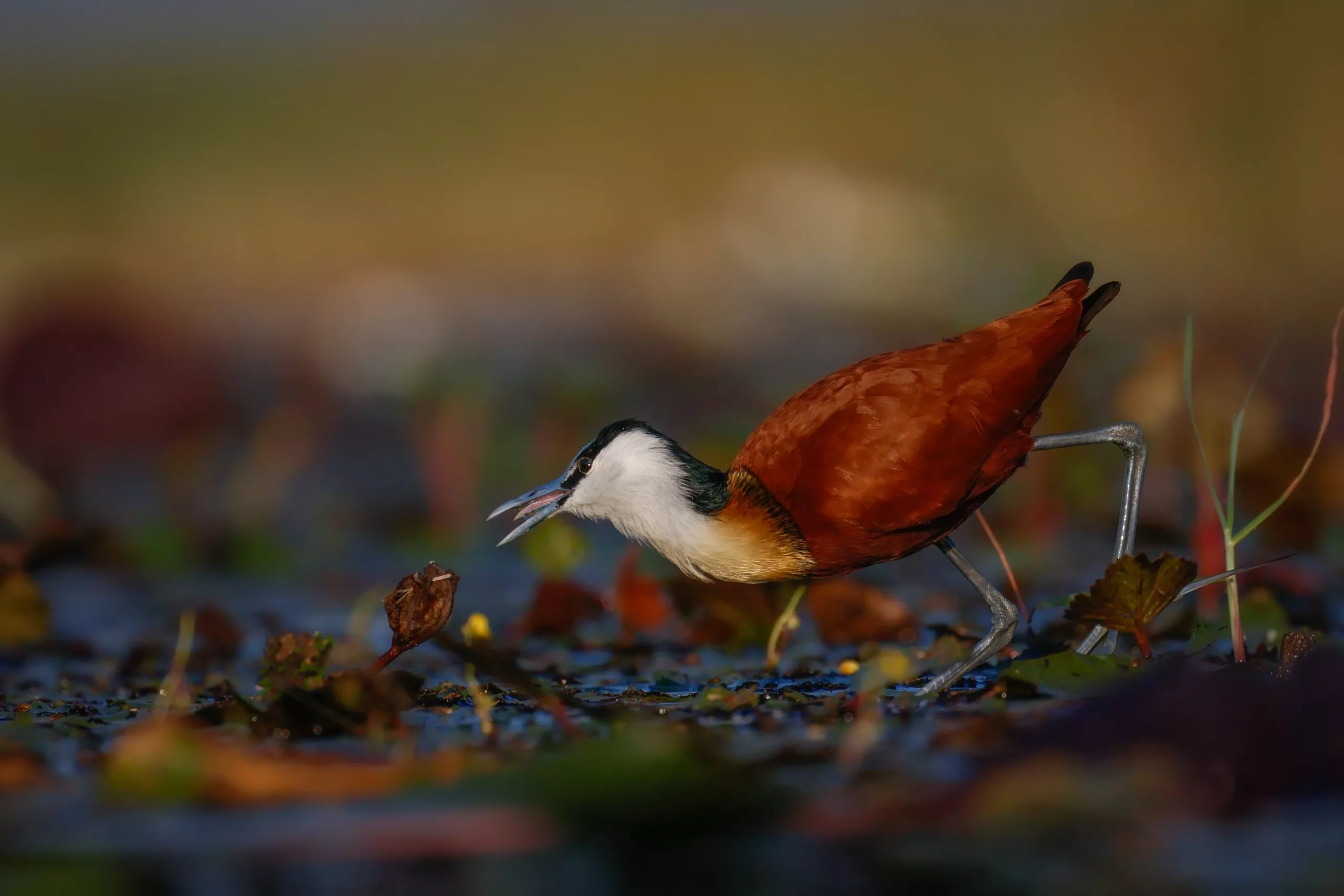
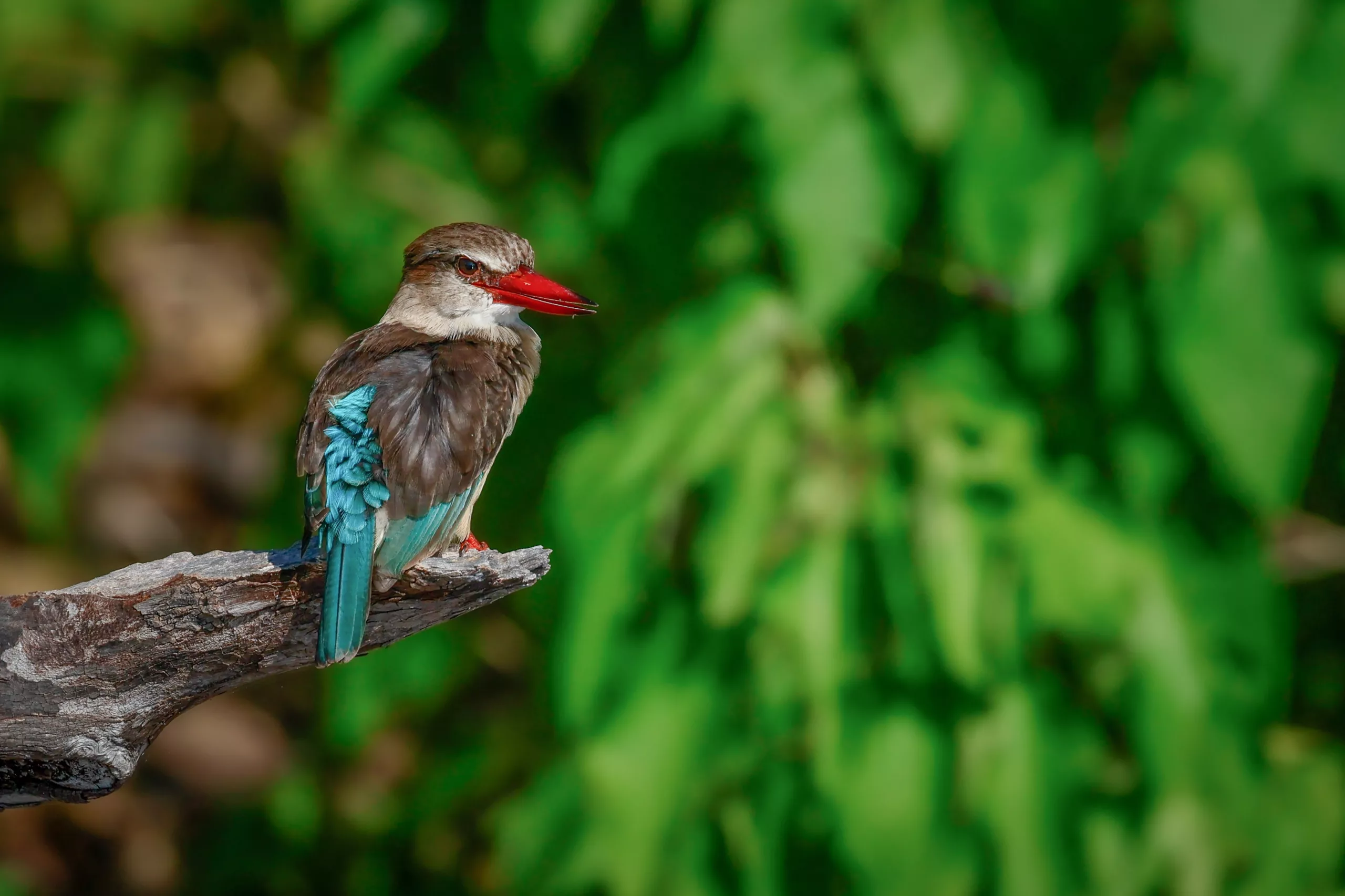
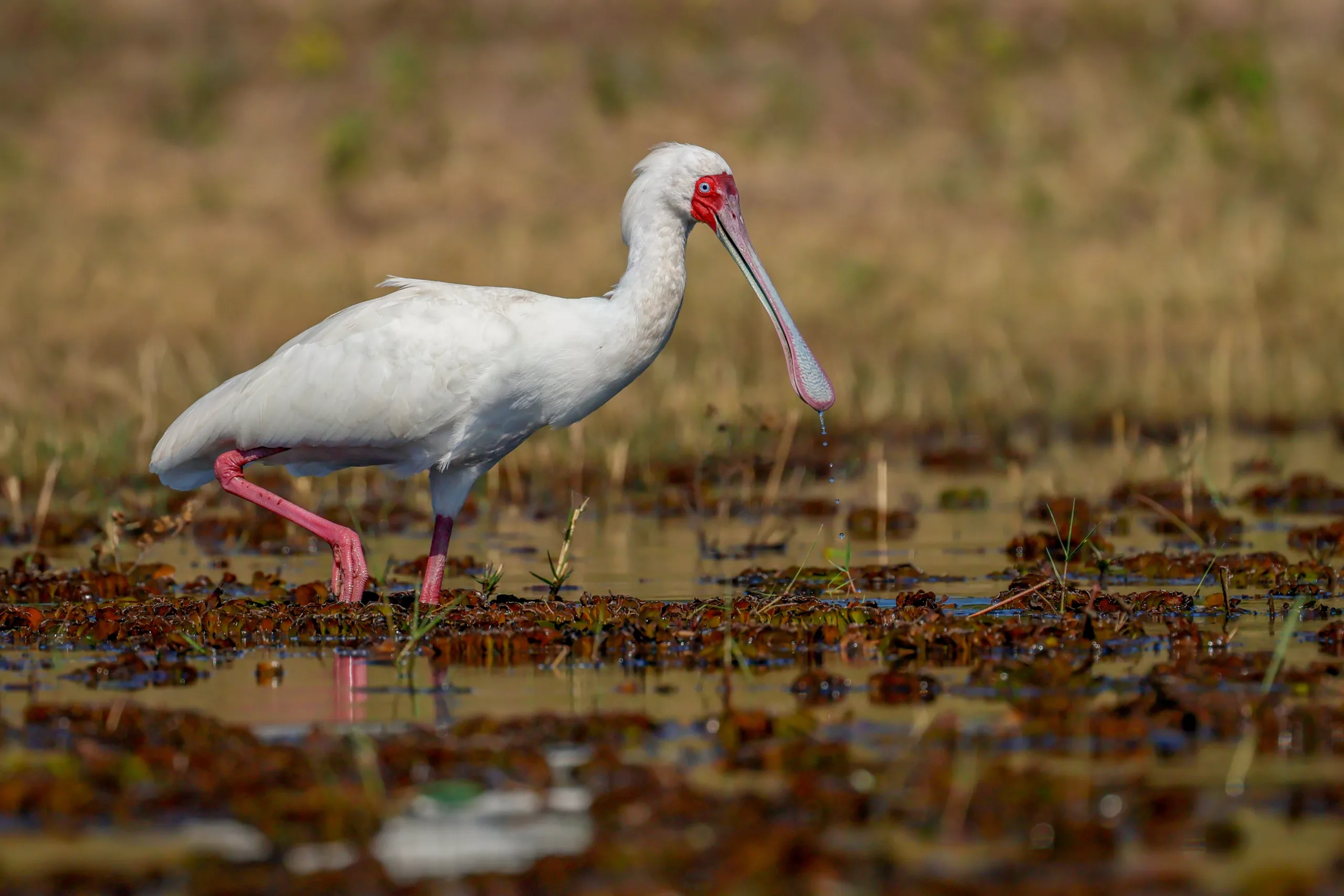
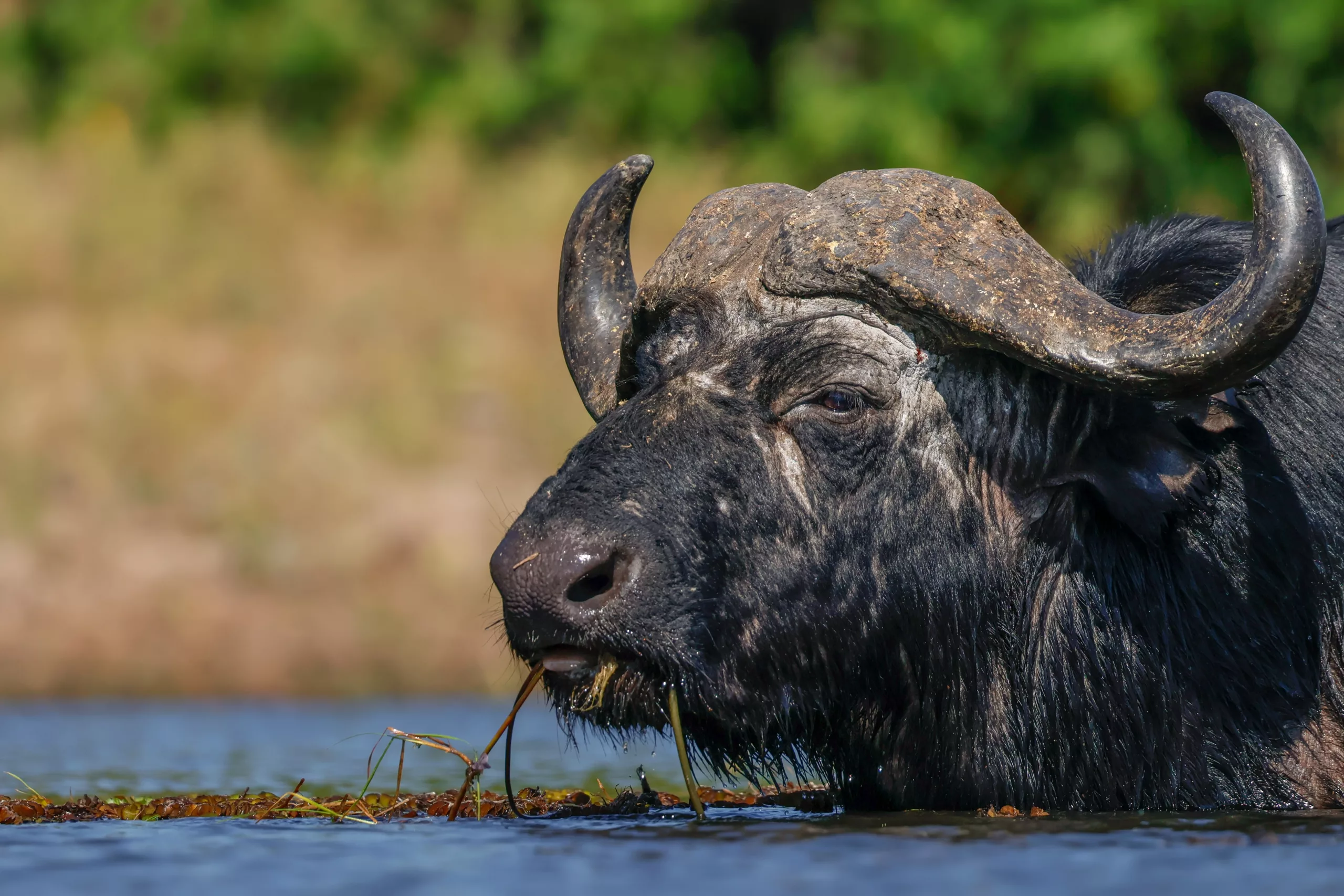
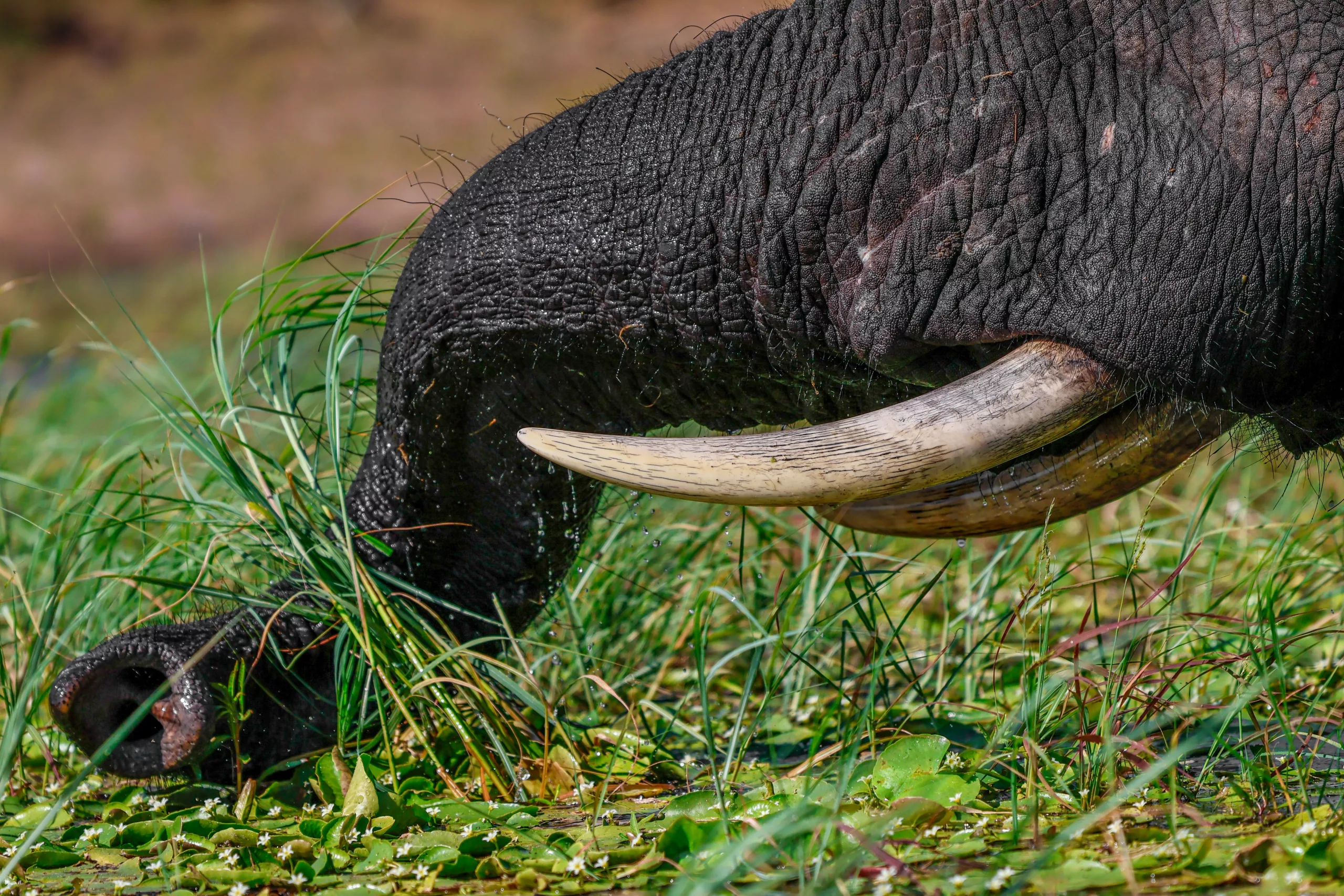
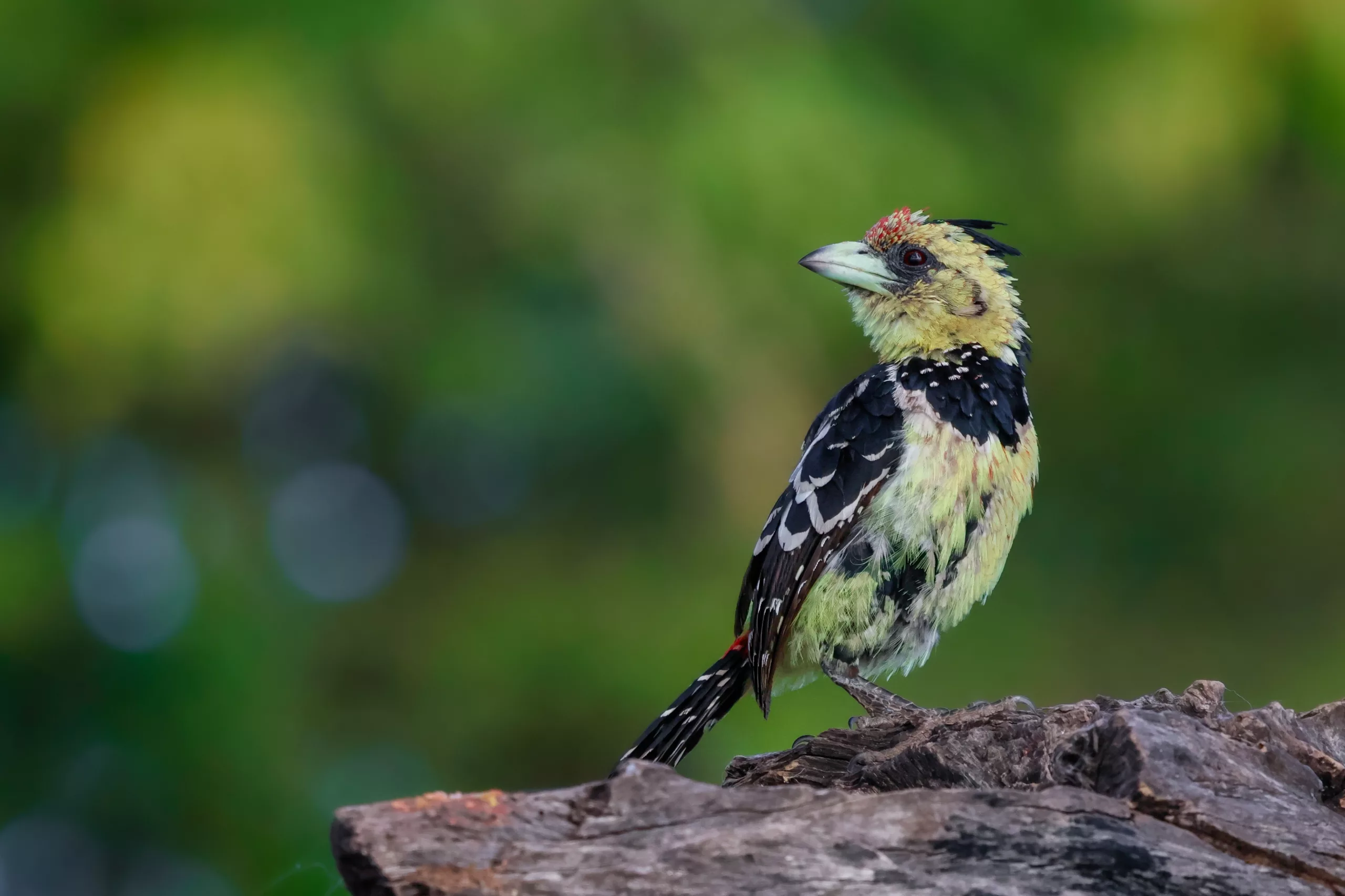
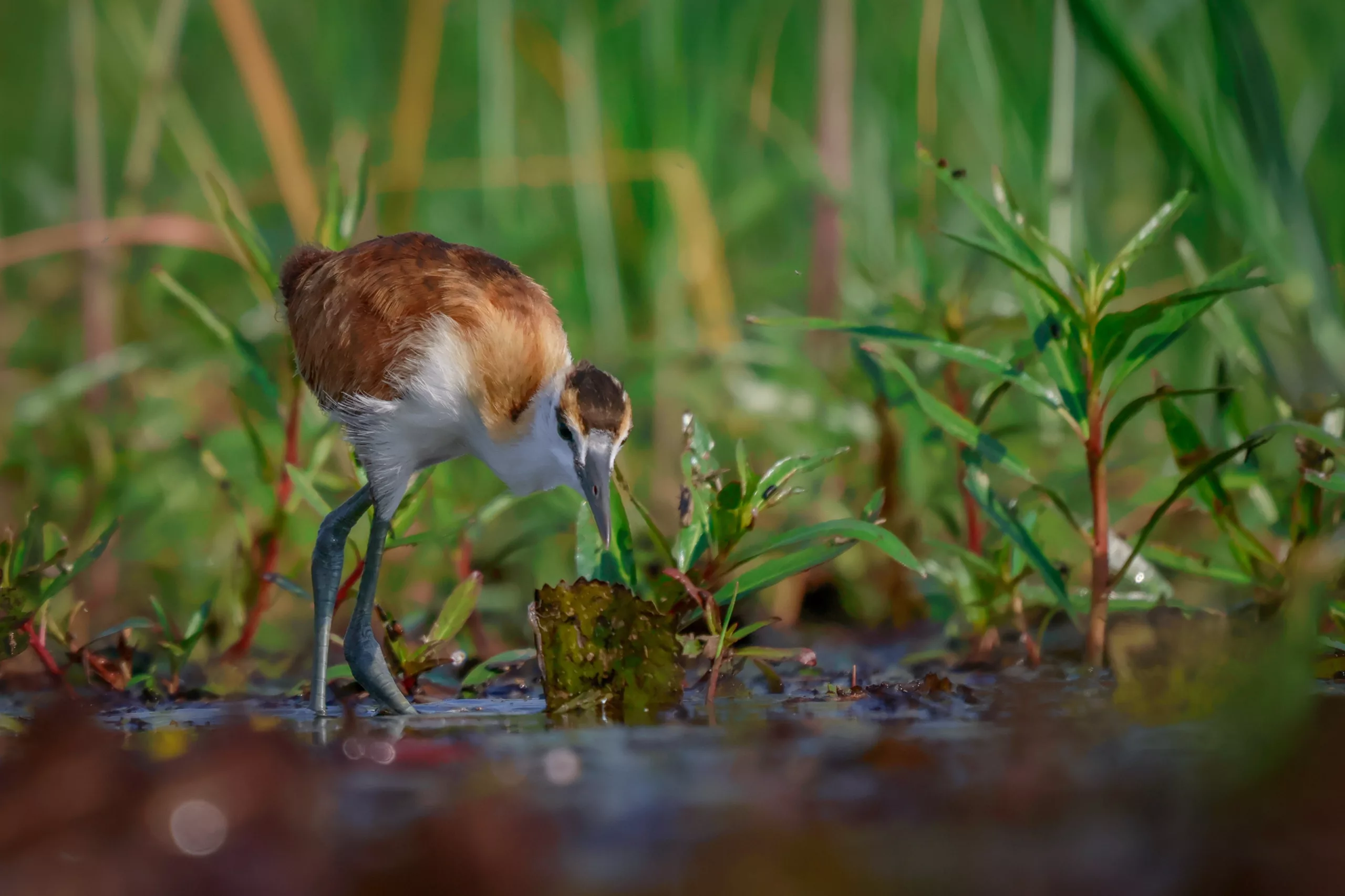
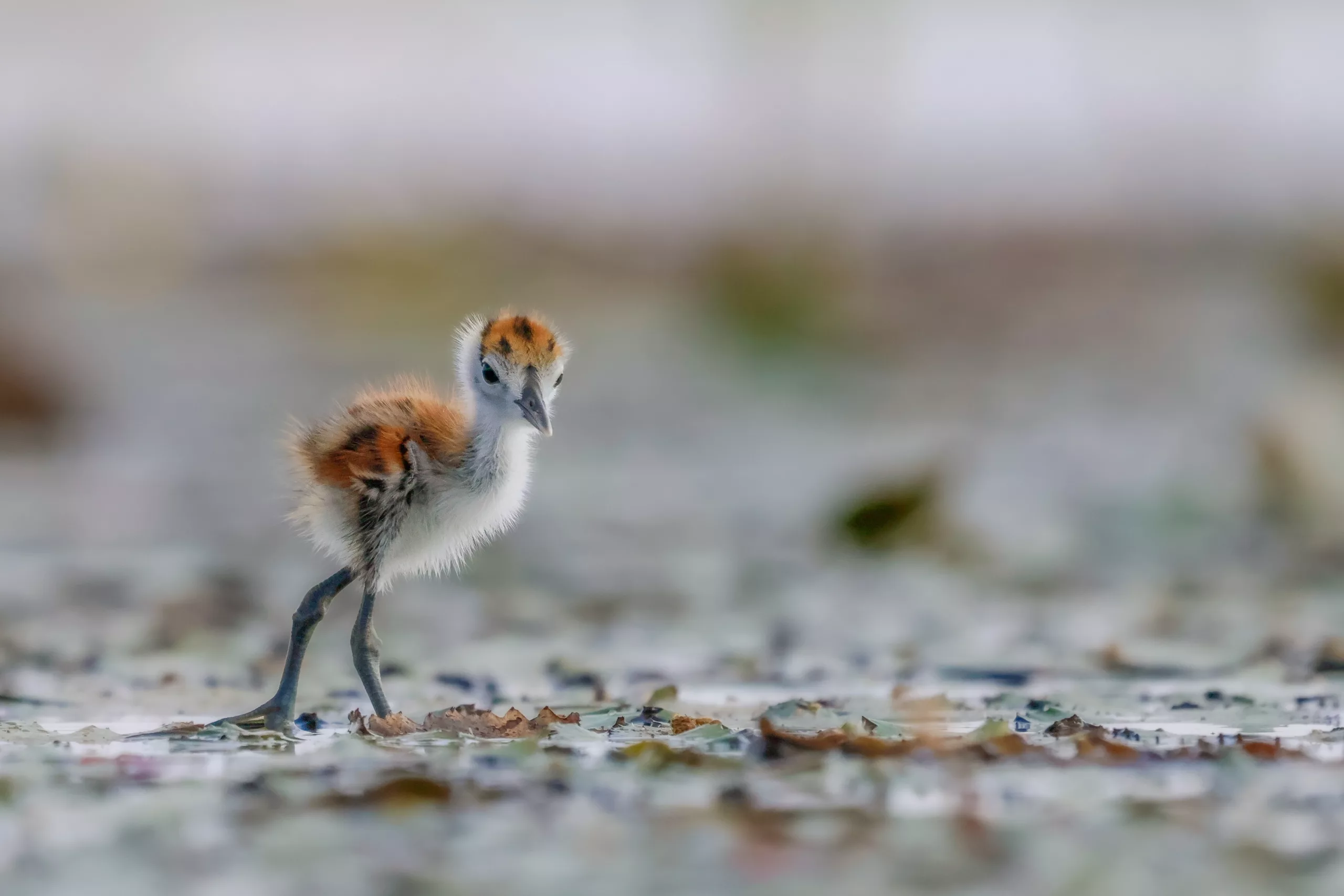
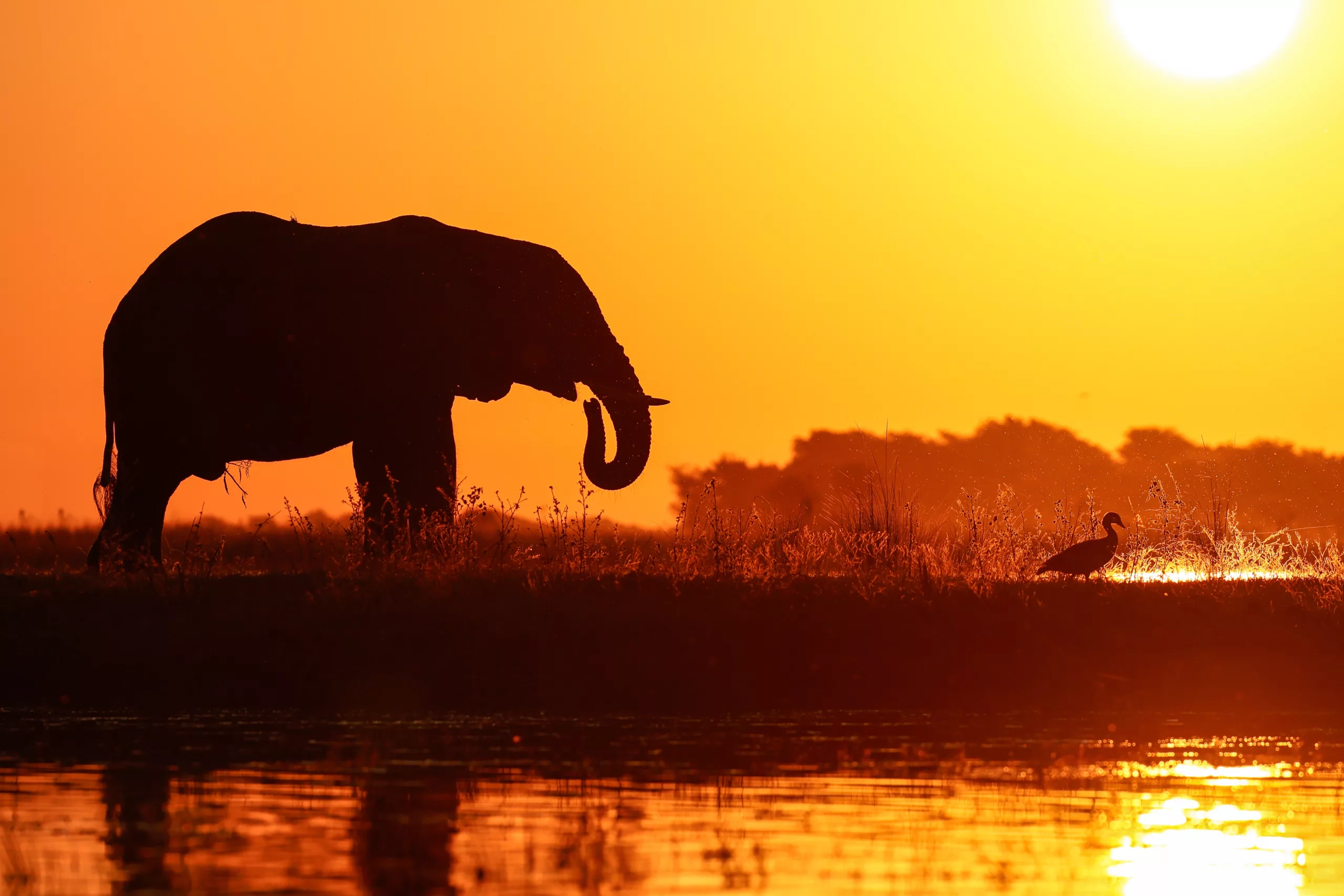
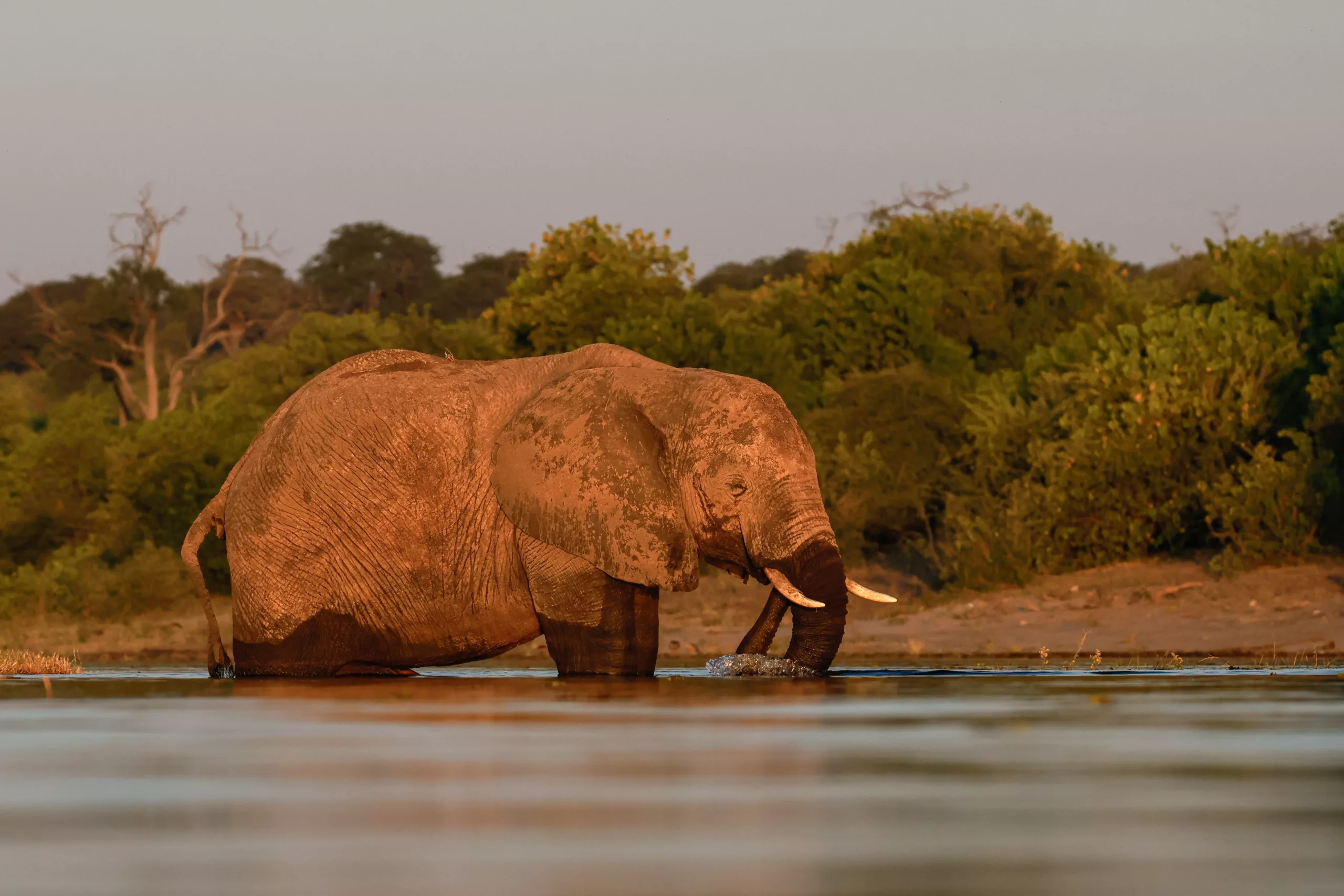
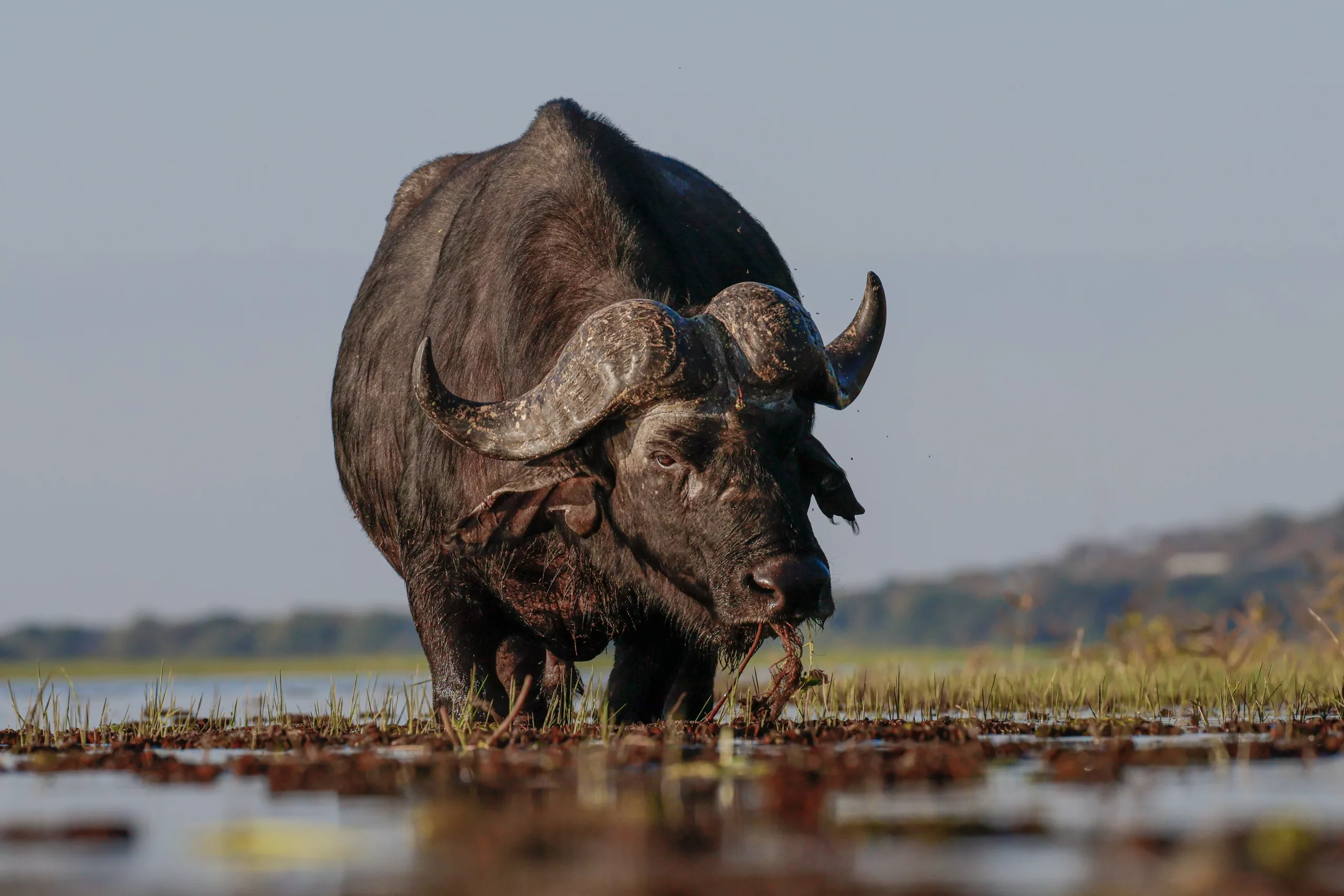
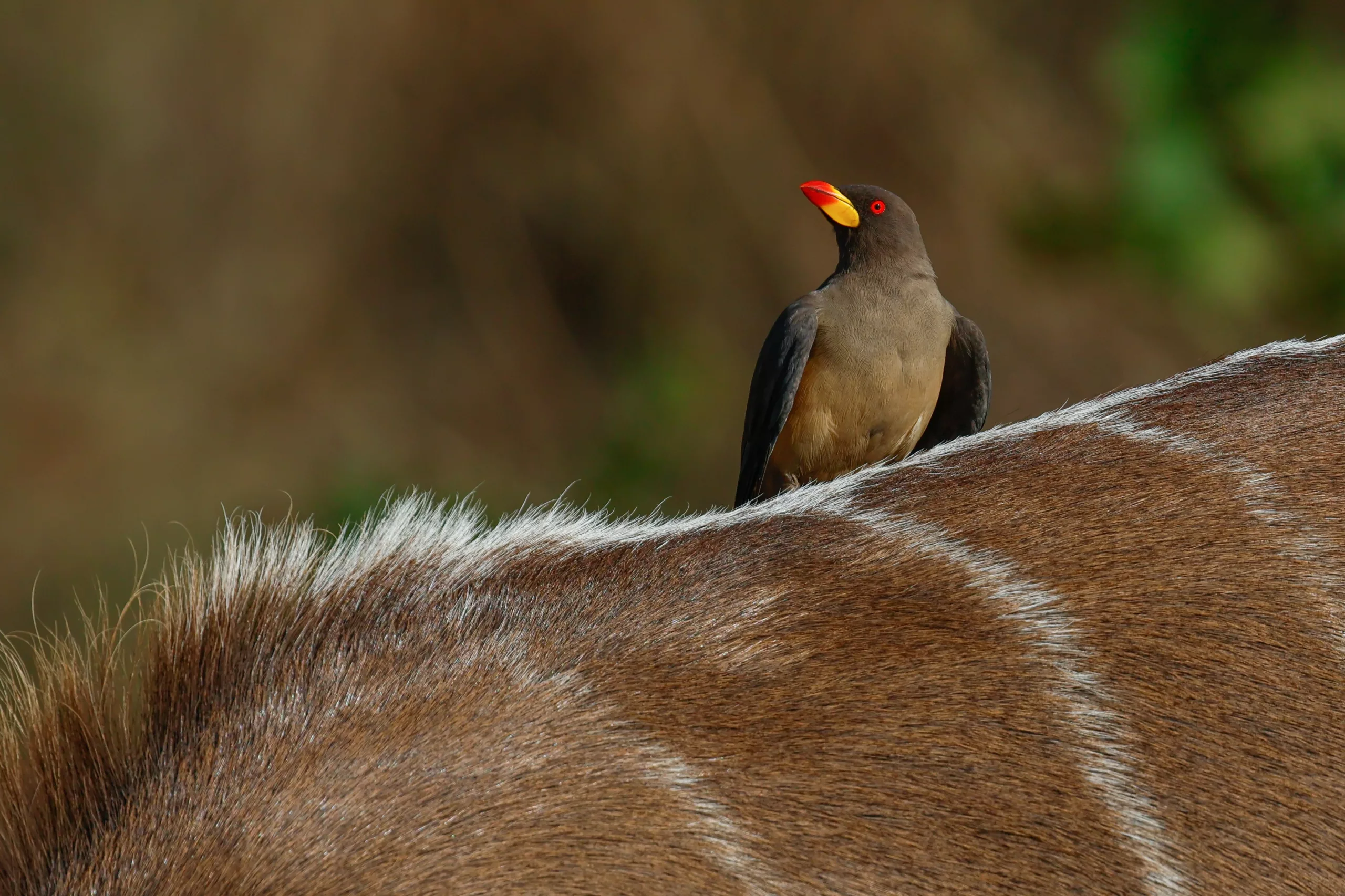
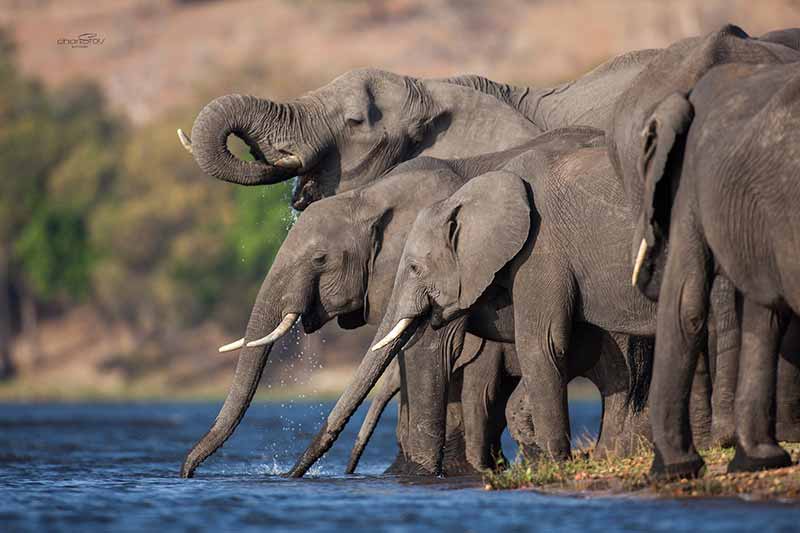

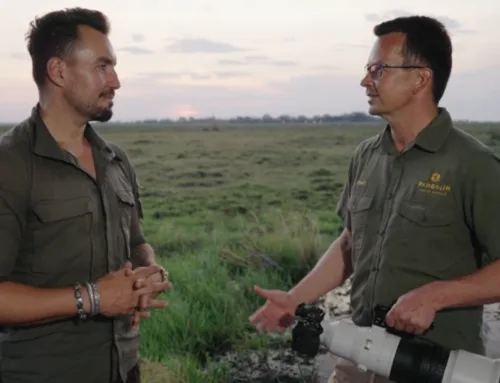
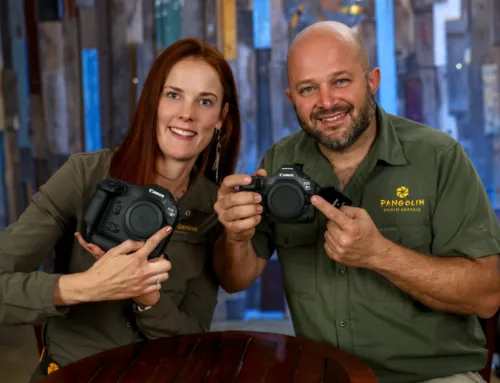
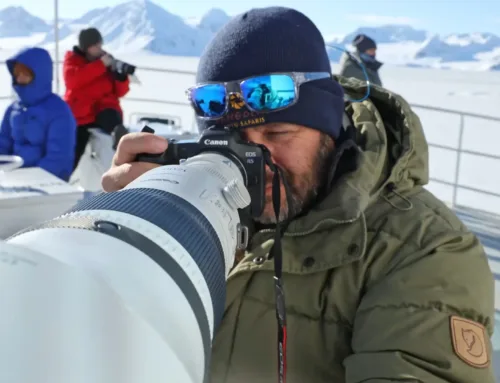
Leave A Comment
You must be logged in to post a comment.